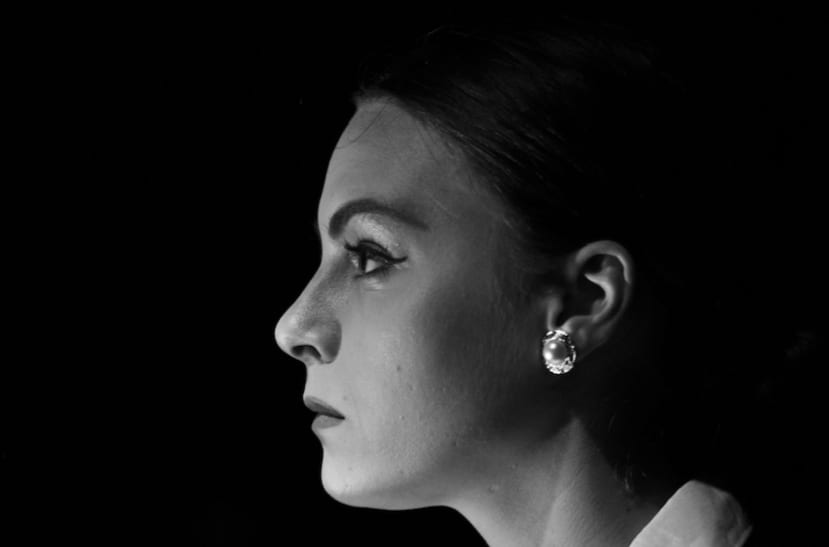Medea Maria, a new collaboration between director Alexander Kaniewski and composer Helen Madden, explores the enduring ability of Greek drama to comprehend human pain within the contemporary world. Using the template of Euripides’ Medea, this play explores the tumultuous life of opera diva Maria Callas, as she suffers through the misery of unrequited love. In this way, Medea Maria confronts the notion of a modern tragedy. So often with this task, performances underwhelm as they fail to acknowledge the gulf that separates modernity from antiquity; when viewing a performance of Euripides’ work, this tension sits at the forefront of the audience’s mind and if it is not addressed, the play usually misses its mark. Thankfully, Medea Maria does address this conflict and offers a resolution through the use of minimalism. In one of the few scenes with dialogue, the enigmatic Medea Maria claims: “The difference between the ancient Greeks and me, is I don’t cry on tragedies. I cope with them.” This internalisation of feeling is the product of our time; modern dialogue is simple and restrained in comparison to the grand drama of the ancient Greeks. This manifests itself within Medea Maria through the general substitution of dialogue for the language of the body. A modest set and script permits the human form to become the vessel of tragedy, which swells and writhes to the unsettling crescendos of Madden’s impressive score.
Initially, I found the play’s minimalism disconcerting, which was perhaps Kaniewski’s intention. Yet once I had acclimatised to the style, it was easy to appreciate the play’s tragic sentiment and use of the body, which only began to exhaust itself slightly near the end. However, Medea Maria’s unique style is generally powerful and strong performances from the cast embellished the play with a poignant sense of humanity. Bronte Hobson gives a particularly strong performance as Medea Maria’s nurse, opening the play with a monologue reminiscent of Samuel Beckett’s Not I. The production relies heavily upon the use of costumes and props, which helps to direct the narrative and distinguish between the stories of Medea and Maria Callas, whilst still maintaining a sense of ambiguity in this distinction. Alongside this, threads of repetition throughout the play create a sense of inevitability and foreboding, which are necessary for any tragedy.
Because of its modesty, this is a production that reclaims the grandeur of the Greek theatre. Despite its minimalism, Medea Maria is not always subtle, but this is of little consequence in a play about a diva. In conclusion, this is a thoughtful and carefully constructed drama which successfully reinstates the grandeur and brutality of Greek tragedy within the context of modern life.

